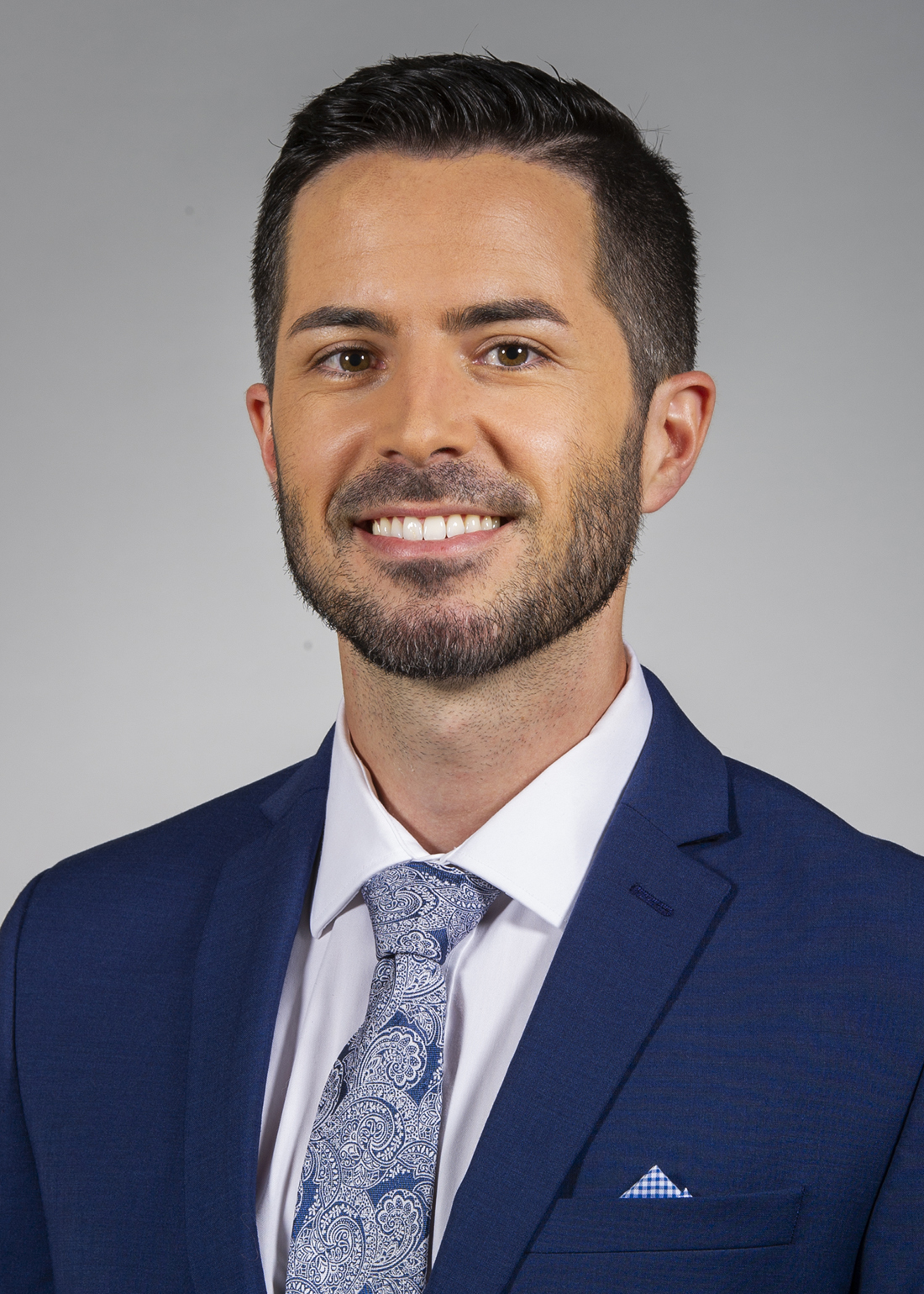Graduates win AAO research awards

Every year, the Council of Scientific Affairs meets to choose six American Association of Orthodontists research award winners. Every dental school in the nation is allowed to submit up to two nominees, so the competition is tight.
This year, both of Texas A&M College of Dentistry’s nominees won awards: Dr. Amanda Mitchell Gross and Dr. Steven LeRoy. They graduated from the college’s orthodontics graduate program in 2021.
Gross currently works as an orthodontist in her father’s general dentistry practice in El Paso. Her research received the Harry Sicher Research Award. Only one of these awards is given per year, and it comes with a $4,000 cash prize.
Gross’s research looked into transdifferentiation, a rare transformation of one type of cell into another, of cartilage cells into bone cells. In particular, she looked at how the cartilage in the jaw can turn into bone, which can impact how one’s jaw sits in their mouth. Her research found that a protrusive condyle in the jaw was associated with an increase in cartilage development and in bone development purely from cartilage, while the opposite was true for a retrusive condyle.
“Dr. Yan Jing had previously performed research proving a novel concept that most of the prenatal and early postnatal condylar growth results from cartilage cells transdifferentiating into bone cells,” Gross says. “However, the role of cartilage cells during later postnatal growth and the mechanisms regulating transdifferentiation remained unknown, so my project came about.
“Clinically, these findings can help explain what initially happens biologically when placing functional appliances (devices that alter the posture of the mandible, or lower jaw),” she adds. “Many orthodontic patients have discrepancies where the lower jaw is either too far back (Class II) or too far forward (Class III) in relation to the maxilla. … Mechanistically, we found that hypertrophic chondrocytes are key players in the changes of growth upon loading and may be helpful targets for growth modification in the future.”

Dr. Steven LeRoy currently works as an orthodontist in the Dallas-Fort Worth area. His research received the Thomas M. Graber award, of which only four are awarded each year. The award goes to research that was also considered for the Harry Sicher award, and comes with a $2,500 cash prize.
LeRoy’s research investigated the treatment of white spot lesions. These areas of white discoloration on a person’s teeth are a common problem in orthodontics. About 23% of orthodontic patients develop at least one white spot lesion, LeRoy says.
His research examined different treatment methods of white spot lesions, in particular the use of MI Paste Plus cream with and without an additional treatment of microabrasion. Patients who participated in the research had their mouth “divided” in two: Half of their teeth received the cream to treat their lesions, while the other half of their teeth received the cream and a microabrasion treatment. At the end of his research, over a period of about two months, LeRoy said the results showed a 60% decrease in white spot lesions on the teeth that received both the paste and microabrasion, but only a 40% decrease on teeth that received only the paste treatment.
“The main takeaway I want my study to show is to make progress in minimally invasive dentistry,” LeRoy says. “A lot of the time the treatment for white spots is drilling away and restorative care. Ultimately, those have a limited lifespan. We need to constantly speak out about ways to prevent lesions like this, but also to treat them better. I’m hoping to improve the type of care we can provide to our patients that don’t involve removing from tooth structure.”
Gross and LeRoy both said they had many people to thank for helping them in their research. These include faculty members Jing, Dr. Reginald Taylor, Dr. Amal Noureldin, and Dr. Peter Buschang. LeRoy also thanked Dr. Jennifer Ryan, a former co-resident whose research sparked LeRoy’s.